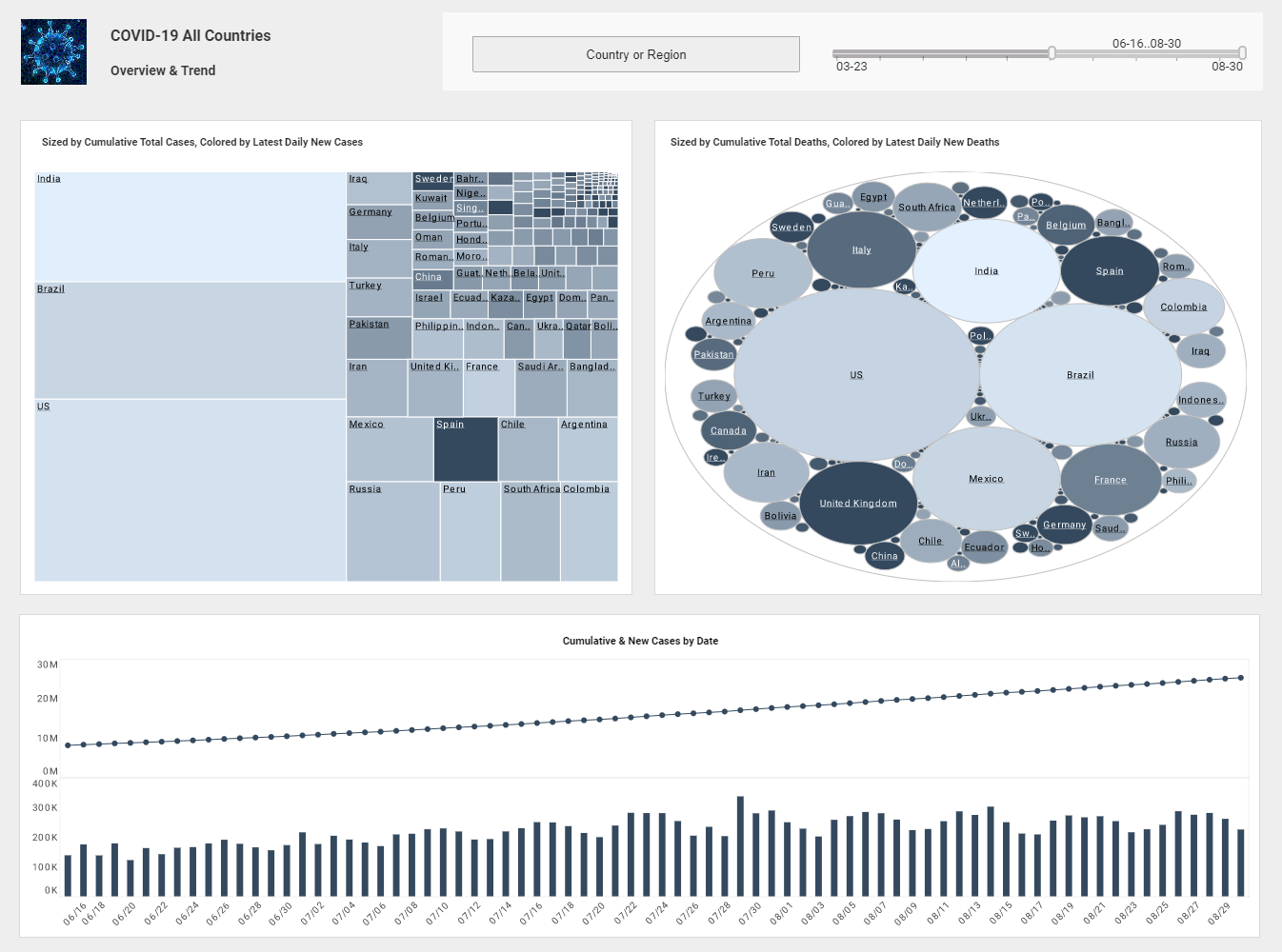InetSoft Webinar: Today’s BI Tools Are Very Flexible
This is the continuation of the transcript of a Webinar hosted by InetSoft on the topic of "Agile BI Best Practices." The speaker is Mark Flaherty, CMO at InetSoft.
Today’s BI tools are very flexible, and there are now modeling techniques and tools that are flexible and aimed at end users. You don’t need a statistics degree or be a SAS expert. SAS is not something a typical end user can use. And access from anywhere, anytime is really important. So if you wrap this up, there is a lot of buzz out there. There is also a lot of confusion.
I think the summary is that the word that keep coming out is this is faster, flexible and iterative on the development side, and there are techniques from extreme programming, proven techniques that can be used to do that. And I think being iterative is really important. We see that a lot that you can’t really know the end result until you get reaction from the end users. But they have trouble reacting to it until they see something.
So those first points, faster, flexible iterative are key. Then for the end user, easy access to data, intuitive, accessible anywhere. So from the technology side, it’s about these kinds of things. And there is a lot of writing on it. Scrum, extreme programming, iterative mobility, if your organization is not doing these things, there is a bunch of seminars, there are classes, there is a bunch of writing that can help. Here at InetSoft, we weren’t doing scrum and extreme programming a couple of years ago. We had traditional development cycles, and they would take 7 to 9 months with the QA testing on the end.
| #1 Ranking: Read how InetSoft was rated #1 for user adoption in G2's user survey-based index | Read More |
We have now moved to a scrum and extreme programming approach which has been far more effective. We get quick cycles, quick turnaround, a lot more ability to iterate because we are getting feedback as we go along. It’s just been much better. That being said, there are projects or capabilities that don’t fit the scrum, extreme programming mode, and they do need a year or year and a half for whole new developments to pan out. You can still have aspects of them worked that way.
And obviously the new mobile technologies need to be factored in. On the end-user side, this concept of the information exploration, it is somewhat a philosophy, but it’s also a technique. It's the philosophy of saying, enabling my end users to have access and be able to muck around in the data that make decisions on their own without our help is important.
The counterpoint is they will make more mistakes, and we hear that a lot concern that by empowering people with this information, they will make more mistakes. I would say, I would rather have the end users asking 10 questions and getting eight of them right rather than being constrained and only answering two questions with data and making eight intuitively. In the empowered model, you will make a lot more decisions with data. In the unempowered model, there are decisions that are still getting made. They are often just making them on common sense and intuition and not really seeing the underlying facts.
Getting the issues in question nailed down is key. Involvement across teams, combining the technical side with the end users is really important. As I said before, it’s a different paradigm than it’s typically happened, but in BI, it really is much more important to have that than in a lot of the other types of systems. And then there are our series of new enabling technologies: interactive visualization and data exploration. These enable end users to be much faster, more flexible, more agile in their use of BI and information.
 |
Read the top 10 reasons for selecting InetSoft as your BI partner. |
I think that’s a really great synopsis of agile BI’s definition and sort of what’s being said about it in the industry today. You talked about the buzz around agile BI. We discussed the different frameworks through which agile BI can be deployed. There are different enablers that are driving this paradigm shift. And then you mentioned several key factors necessary for an agile BI implementation strategy to occur. Do you want to talk at all about the different technologies involved with agile BI? Do you want to talk about any of the BI tools that are utilizing those technologies?
Yeah, there are obviously a variety of different providers of them, and InetSoft is one. Business intelligence is being broken into segments. There is the classic reporting and scorecarding. There is a whole new field that’s being called largely data discovering analysis where those technologies, visualization and predictive models fit in. The cool thing is they have been simplified down from requiring a stats degree to something where an MBA or reasonably savvy data manager can actually do modeling on fairly complex data today. That wasn’t possible a few years ago.
And I think you have also got another category of data mashup tools that have come together. You have this foundation, which is the data and the data extraction piece, which might involve ETL. Then on top of this you got this data discovery and analysis capabilities. And then just side by side with that you have got the reporting and scorecarding. All serve different purposes but work together in an ecosystem.
| Previous: Setting Up a Successful BI Strategy |


